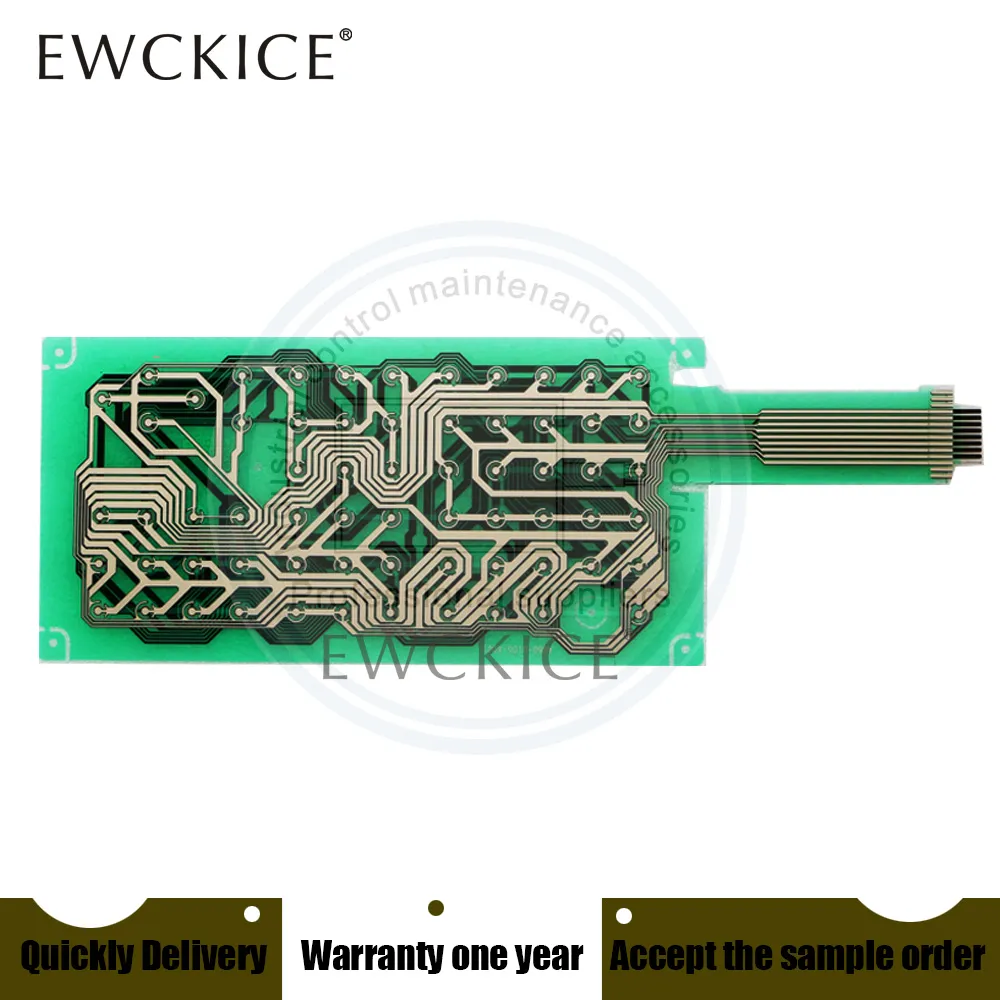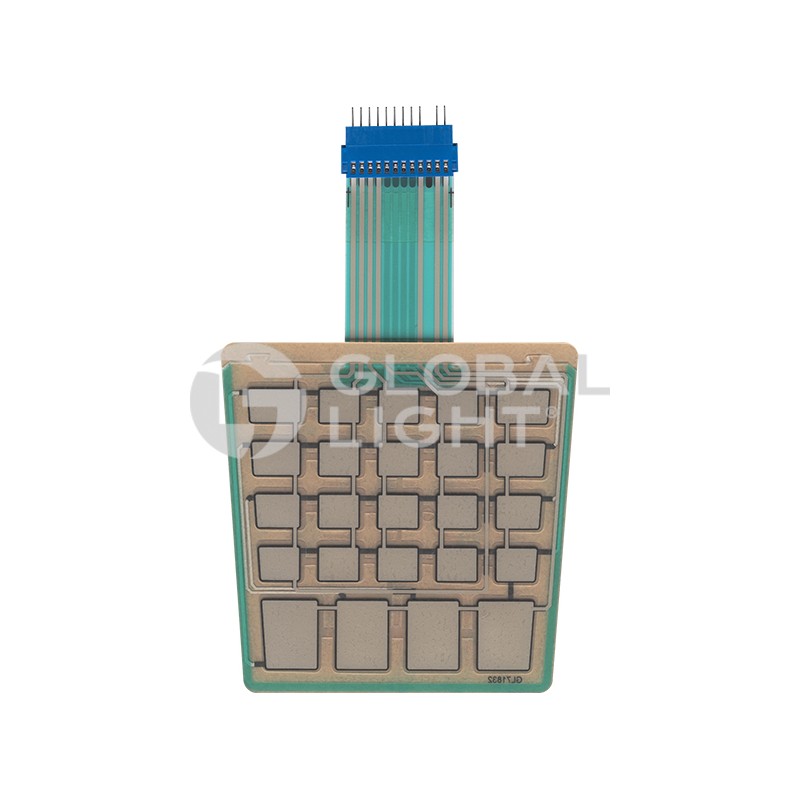The Role of Membrane Switches in Enhancing Device Functionality
The Role of Membrane Switches in Enhancing Device Functionality
Blog Article
Recognizing Membrane Changes: The Trick to Reliable and long lasting Controls

What Are Membrane Layer Switches?
Membrane buttons are an innovative solution in the realm of interface innovation, integrating capability and layout seamlessly. These devices act as a user interface between users and electronic systems, integrating several components right into a portable layout. Generally built from versatile, slim layers of materials, membrane buttons are designed to respond to touch, enabling users to interact with equipment and digital tools properly.
The key components of a membrane layer switch consist of a published circuit layer, graphic overlay, and a spacer layer that avoids unintentional activation. The graphic overlay can be customized to show brand identity or user preferences, boosting aesthetic appeals while guaranteeing usability. Membrane switches are typically utilized in various applications, consisting of clinical tools, customer electronics, and commercial devices, owing to their toughness and resistance to ecological variables such as moisture and dirt.
One of the vital benefits of membrane buttons is their capacity to stand up to deterioration, making them excellent for high-traffic atmospheres. Furthermore, they are lightweight and call for very little space, permitting innovative layouts in product development. On the whole, membrane switches over represent a sensible and effective selection for modern digital interfaces, weding innovation with user-centric design concepts.
How Membrane Switches Job
The operation of membrane layer switches depend upon a simple yet reliable system that translates individual input right into electronic signals. These buttons contain numerous layers, typically consisting of a graphic overlay, a spacer layer, and a circuit layer. When an individual presses the button, the top layer deforms, allowing a conductive aspect in the circuit layer to reach a corresponding conductive pad on the bottom of the visuals overlay. This get in touch with closes the circuit and sends a digital signal to the tool, suggesting that the button has actually been triggered.
The design of membrane buttons can differ, yet they typically integrate domes or responsive components to provide comments to the individual, improving the total experience - membrane switch. The products utilized in membrane layer buttons, such as polyester or polycarbonate, add to their resilience and resistance to environmental elements, including wetness and dirt. Additionally, the printed circuits are generally encapsulated, which secures them from deterioration in time.
Advantages of Membrane Layer Buttons

Furthermore, membrane layer buttons are known for their longevity. Constructed from robust materials, they are resistant to dust, wetness, and physical wear, which substantially extends their life-span contrasted to standard mechanical switches. This sturdiness makes them especially suitable for high-traffic settings and applications needing long life.
An additional substantial advantage is the convenience of cleansing and upkeep. The smooth surface area of membrane layer changes lessens dust build-up and is frequently read the full info here invulnerable to spills, making them suitable for setups that need regular sanitization.
Furthermore, membrane switches provide a streamlined profile, leading to a thinner layout that can be incorporated into various tools without including bulk. This feature not just boosts the visual appeal however also adds to a much more ergonomic product style.
Applications of Membrane Buttons
Versatile and straightforward, membrane buttons discover applications throughout a vast array of industries, consisting visite site of medical devices, customer electronics, and commercial tools. In the medical area, these buttons are essential to tools such as diagnostic devices, client monitoring systems, and mixture pumps, where dependability and convenience of cleansing are crucial. Their capacity to hold up against extreme environments and keep functionality makes them excellent for such applications.

In customer electronic devices, membrane buttons are used in items like microwaves, washing makers, and remote controls - membrane switch. Their smooth layout permits instinctive interface, enhancing the general customer experience while providing longevity and resistance to damage
Commercial devices additionally benefits from membrane buttons, particularly in control panels for machinery and automation systems. These switches provide protection against dust and dampness, ensuring consistent performance in difficult atmospheres. Furthermore, their customizable functions enable suppliers to customize them to specific functional demands, enhancing efficiency and functionality.
Picking the Right Membrane Layer Switch
When choosing a membrane switch, it is vital to think about different elements that affect efficiency and viability for certain applications. The main considerations include environmental conditions, tactile comments, longevity, and layout specifications.
First, examine the operating atmosphere; switches subjected to wetness, chemicals, or extreme temperature levels call for details materials to make sure long life and capability. Next, assess the need for responsive comments. Depending on customer communication, some applications may gain from a responsive action to confirm activation, while others might like a non-tactile style for aesthetic factors.
Durability is an additional important element; membrane buttons ought to be created to hold up against regular use, effects, and abrasion. Guarantee the chosen switch can sustain the expected lifecycle, specifically in high-usage situations.

Verdict
In final thought, membrane switches over serve as essential components in the layout of trustworthy and durable control systems across numerous industries. The flexibility of membrane layer switches over allows for tailored solutions that satisfy details functional needs, strengthening their relevance in modern-day technology.
Membrane changes stand for a vital facet of modern-day interface design, blending performance with durability in numerous applications.Membrane switches are an innovative service in the world of individual interface innovation, home combining performance and layout seamlessly. Usually built from adaptable, slim layers of products, membrane switches are created to respond to touch, allowing individuals to engage with equipment and electronic gadgets efficiently.
The style of membrane switches can vary, but they frequently incorporate domes or tactile components to give feedback to the user, enhancing the general experience.In conclusion, membrane switches offer as essential components in the layout of sturdy and reliable control systems throughout different industries.
Report this page